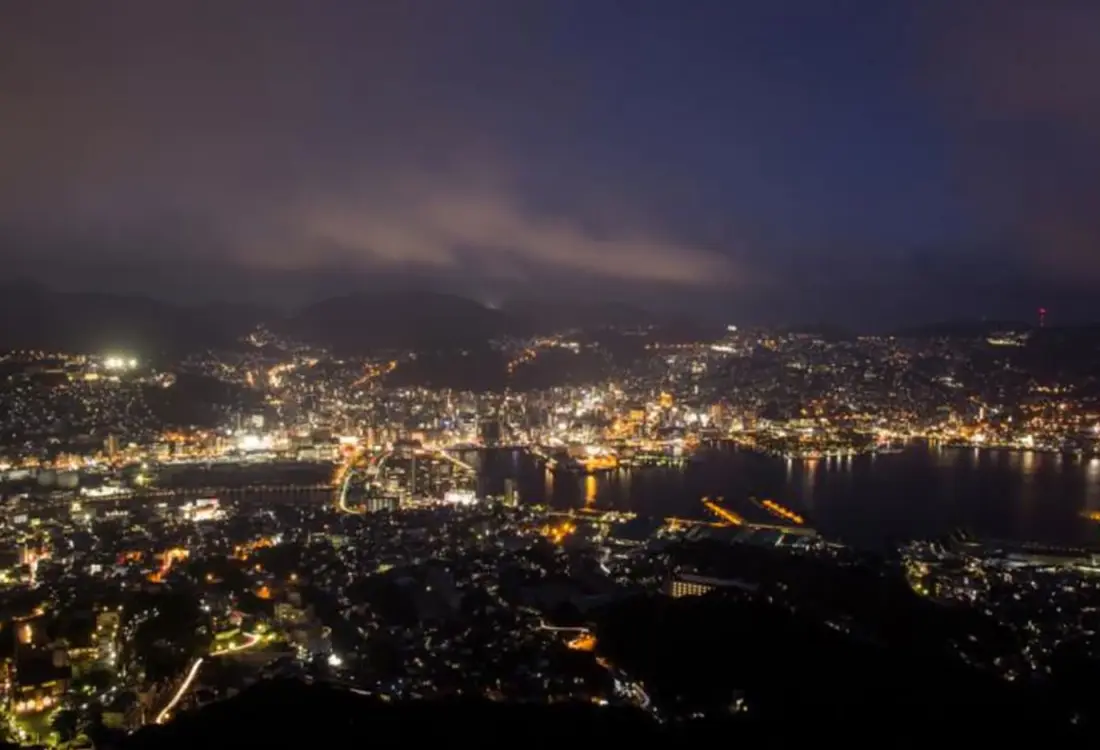
Trade, War and Religion
The Many Faces of Nagasaki City
Take a stroll through Nagasaki's hilly landscape and let the city tell you a story. It was center of Portuguese and Dutch trade during the 16th century, the only port opened to foreign countries during Japan's reclusion period, and the theatre of a tragedy during World War II when it suffered an atomic bomb attack. The history of Nagasaki reflects on its streets where bits and pieces of different cultures and past events coexist, making it a true open-air museum.
If you're coming from Nagasaki airport by bus, don't go straight to Nagasaki Station but get off at the Matsuyamamachi stop. Here you can explore Peace Park, the Atomic Bomb Museum and the Peace Memorial Hall. All these commemorative facilities were built near the hypocenter of the explosion that happened on August 9, 1945.
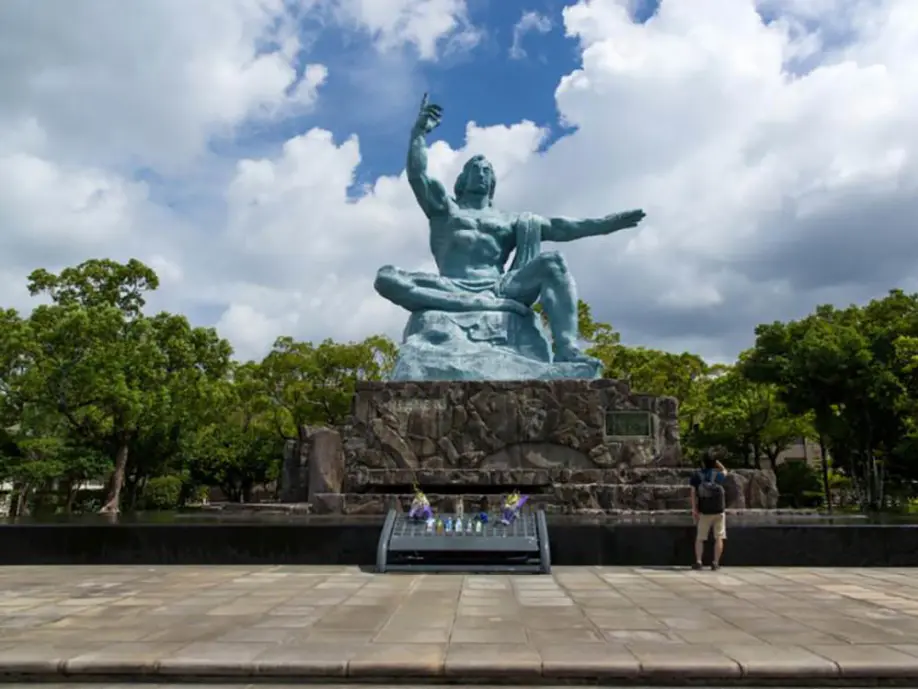
A short walk east of Peace Park is also the Urakami Cathedral, which was completely destroyed by the bombing. It was then rebuilt and some of the damaged statues and artifacts were kept for display.

South of the museum, hidden away on a slope in a residential area is Sanno Shrine. This shrine is sadly famous for its one-legged torii gate, which was damaged by the explosion of the atomic bomb. Miraculously, half of it remained standing.

While you're in the city area, make sure you explore Nagasaki's stone bridges over the Nakashima River. The most popular is Megane-bashi (spectacles bridge), which takes its name from the reflection that its two arches create in the water. Some of the stones used in the embankment are in the shape of a heart. People come here and try to find as many stones as they can to make their love wishes come true.

Enter the side streets of Nakashima River on the east side and you'll find yourself in narrow, picturesque shopping alleys where locals go about their daily business. They mark the border of Teramachi, Nagasaki's temple area. Here you'll find Kofukuji, a Chinese-founded Buddhist temple which is the oldest in Nagasaki. This is the birthplace of the Obaku school of Zen Buddhism in Japan.

Chinese traders in Nagasaki used to be confined in a specific area. Now this Chinatown is a colorful group of streets containing many shops and restaurants. You can explore the area while savoring some street food like kakuni manju – melt-in-your-mouth stewed pork on a bun.

You shouldn't leave Nagasaki without trying chanpon, the city's signature dish. This filling bowl of noodles contains pork, seafood, vegetables and other ingredients depending on the restaurant. While chanpon can be found in many parts of Japan, it was first served here in Nagasaki and originated from the Chinese cuisine.

Right next to Chinatown is Dejima, literally ‘exit island'. Similarly to Chinatown, Dejima was built to host (and confine) foreign traders. It was first used to house the Portuguese and then by the Dutch as a trading post. The architecture in this area is interesting to say the least. The Dejima wharf is the perfect place to stop and rest, with its inviting outside tables and the view on the port.

If you feel like something sweet there's no better treat than a slice of castella, a typical Nagasaki sponge cake that has its roots in the Portuguese trading of the 16th century. Most shops sell castella in souvenir boxes, but Shooken has a cozy café on the second floor where you can savor a fresh slice à la carte.

Finally, head over to Mount Inasa for a breathtaking view over the city. Nagasaki's cityscape has been ranked among the best three views in Japan, and even the world, alongside Hong Kong and Monaco. From both ground level and up high, this city is full of beautiful surprises.

Laura Loss
Laura is a Tokyo-based freelance writer, photographer and translator from northern Italy. She has a passion for craft beer, Japanese traditional instruments and discovering places that are off the beaten path.
 Enjoy The Relaxing Nature And Intriguing History Of Unesco World Heritage Amakusa
Enjoy The Relaxing Nature And Intriguing History Of Unesco World Heritage Amakusa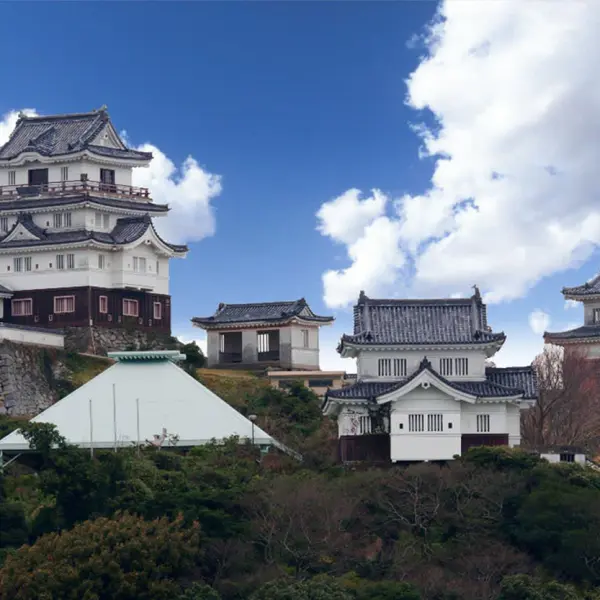 Hirado Castle Stay
Hirado Castle Stay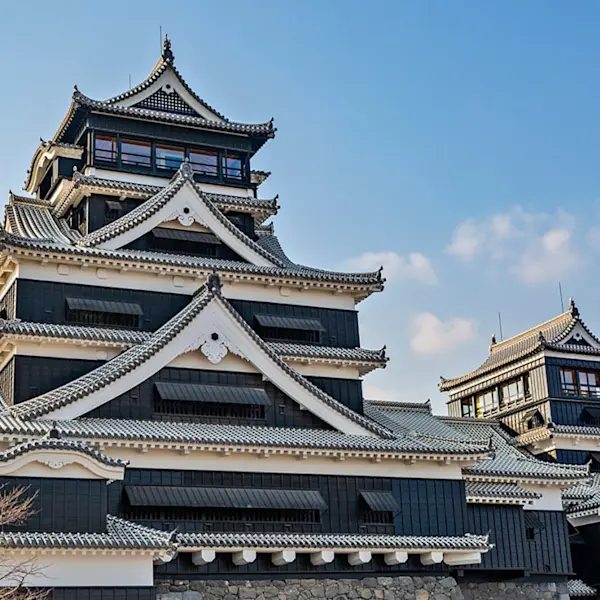 Kumamoto Castle: Exploring the History
Kumamoto Castle: Exploring the History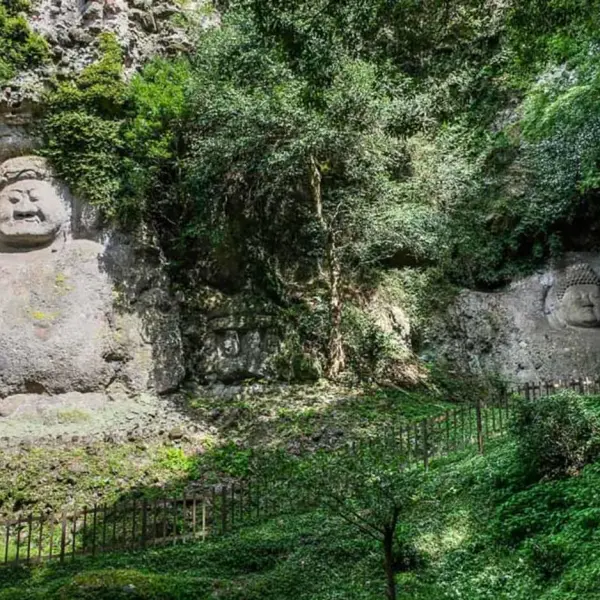 The Spiritual Trek of Kunisaki’s Rokugo Manzan Temples and Sites
The Spiritual Trek of Kunisaki’s Rokugo Manzan Temples and Sites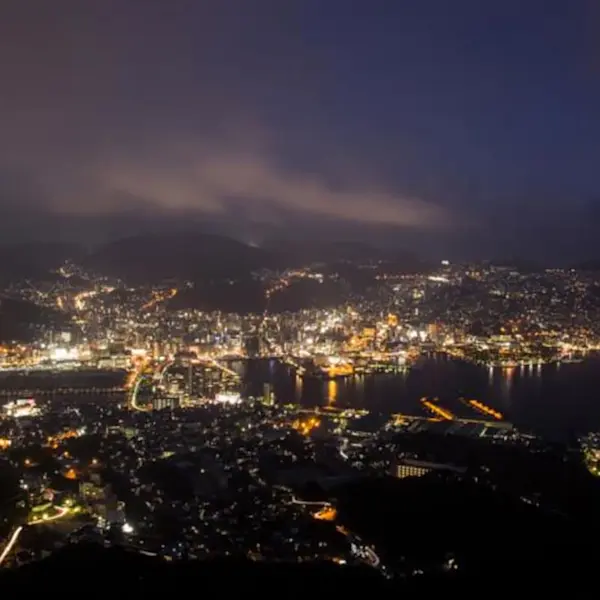 Trade, War and Religion: The Many Faces of Nagasaki City
Trade, War and Religion: The Many Faces of Nagasaki City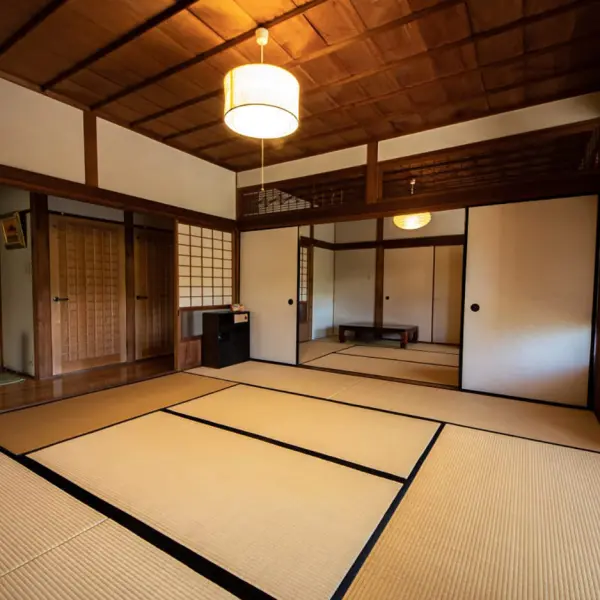 Exploring Obi Castle
Exploring Obi Castle Kitakyushu Highlights: Kokura Castle and Kawachi Wisteria Garden
Kitakyushu Highlights: Kokura Castle and Kawachi Wisteria Garden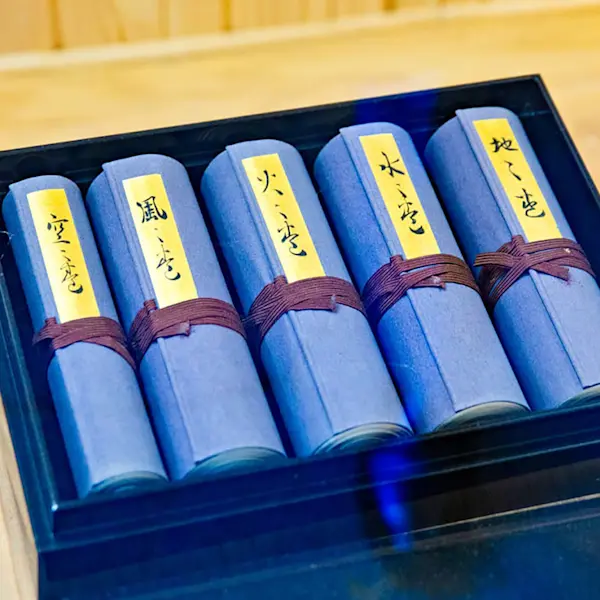 Musashi Miyamoto: Perhaps the Best Samurai Swordsman in Japan
Musashi Miyamoto: Perhaps the Best Samurai Swordsman in Japan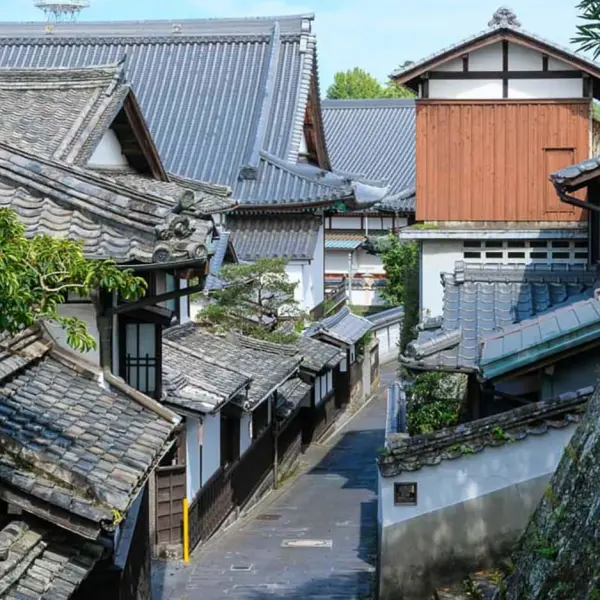 Usuki's Samurai District and Edo Period Castle Town
Usuki's Samurai District and Edo Period Castle Town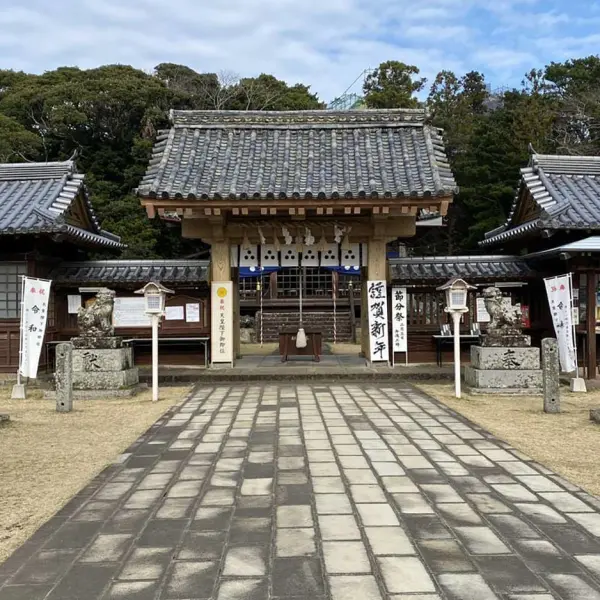 Hirado Matsuura Clan: Over 1,000 Years of History
Hirado Matsuura Clan: Over 1,000 Years of History




